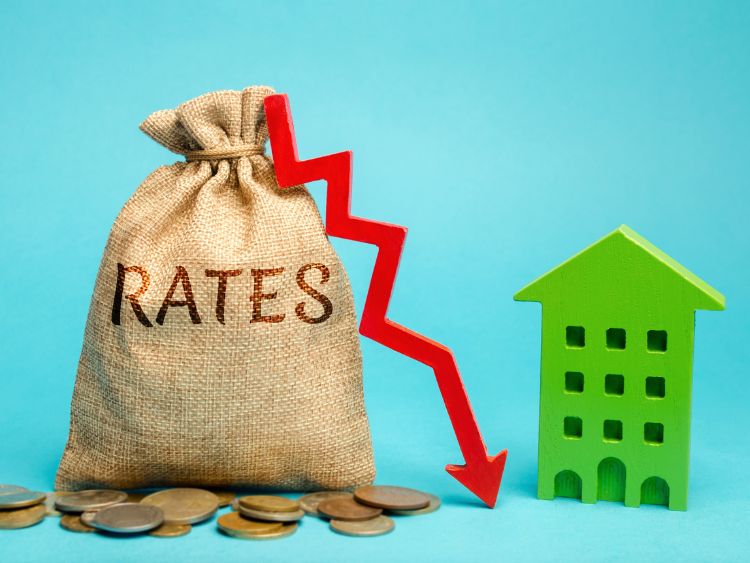Ever wondered how Brazil’s interest rate impacts its economy? You’re not alone. The interest rate in Brazil, set by the Central Bank of Brazil, plays a pivotal role in shaping the country’s economic landscape. In this article, we’ll delve into what Brazil’s interest rate is, how it’s determined, and its effects on various sectors. So, buckle up as we explore the intricate world of Brazil’s financial mechanism.
What is the Interest Rate?
The interest rate, often referred to as the Selic rate in Brazil, is the benchmark interest rate set by the Central Bank. This rate influences all other interest rates in the economy, including those for loans, mortgages, and savings. It’s a powerful tool used to control inflation and stimulate economic growth.
How is the Selic Rate Determined?
The Selic rate is determined by the Monetary Policy Committee (Copom) of the Central Bank of Brazil. They meet every 45 days to assess economic conditions and make adjustments as necessary. Factors considered include inflation, economic growth, and external economic conditions. The goal? To maintain economic stability and control inflation.
The Impact of Brazil’s Interest Rate
Inflation Control
One of the primary purposes of the interest rate is to control inflation. When inflation is high, the Central Bank may increase the Selic rate. Higher interest rates make borrowing more expensive, which can reduce spending and slow down inflation.
Economic Growth
Conversely, when the economy is sluggish, the Central Bank might lower the interest rate. Lower rates make borrowing cheaper, encouraging businesses to invest and consumers to spend. This can stimulate economic growth.
Exchange Rates
Brazil’s interest rate also affects the exchange rate. Higher interest rates can attract foreign investors seeking better returns on investments. This influx of foreign capital can strengthen the Brazilian real, making imports cheaper and exports more expensive.
Historical Trends of Brazil’s Interest Rate
To understand the current context, it’s essential to look at the historical trends of Brazil’s interest rate. Over the past few decades, the Selic rate has seen significant fluctuations, influenced by various economic challenges and policy decisions.
The 1990s: Stabilization and Inflation Control
In the 1990s, Brazil faced hyperinflation, with rates reaching over 2,000%. The introduction of the Real Plan in 1994 and subsequent monetary policies aimed to stabilize the economy. The Selic rate played a crucial role in these efforts, often being set at high levels to curb inflation.
The 2000s: Growth and Global Influence
The early 2000s saw Brazil experiencing substantial economic growth, driven by commodity exports and a stable political environment. The Selic rate was gradually reduced, reflecting the improved economic conditions. However, the global financial crisis of 2008 prompted a temporary increase to protect the economy from external shocks.
Recent Years: Navigating Challenges
In recent years, Brazil has faced economic challenges, including political instability and the COVID-19 pandemic. The Selic rate has been adjusted frequently to address these issues, with significant reductions during the pandemic to support economic recovery.
The Current Scenario
The Post-Pandemic Recovery
As of now, Brazil is navigating its post-pandemic recovery. The Selic rate, which was reduced to record lows during the pandemic, has been gradually increased to address rising inflation. This delicate balancing act aims to support economic growth while keeping inflation in check.
The Role of Global Factors
Global economic conditions also influence Brazil’s interest rate decisions. Factors such as commodity prices, international trade tensions, and monetary policies of major economies like the United States play a role in shaping Brazil’s monetary policy.
FAQs
What is the current Selic rate in Brazil?
The current Selic rate varies and is subject to change after each Copom meeting. For the most up-to-date information, refer to the Central Bank of Brazil’s official website.
How does the Selic rate affect everyday consumers?
The Selic rate affects the interest rates on loans and savings. A higher Selic rate can mean higher loan interest rates, making borrowing more expensive. Conversely, it can lead to better returns on savings.
Why does the Central Bank of Brazil change the Selic rate?
The Central Bank adjusts the Selic rate to manage inflation and support economic growth. Changes are based on economic indicators and conditions, aiming to maintain stability.
How does the Selic rate impact foreign investment?
A higher Selic rate can attract foreign investors looking for higher returns, leading to an influx of foreign capital. This can strengthen the Brazilian real and impact trade balances.
Conclusion
Understanding Brazil’s interest rate is crucial for comprehending its economic dynamics. The Selic rate, set by the Central Bank of Brazil, influences inflation, economic growth, and exchange rates. By navigating historical trends and current scenarios, we gain insights into the complexities of Brazil’s financial landscape. As Brazil continues its post-pandemic recovery, the Selic rate remains a vital tool in shaping the country’s economic future.
Authoritative Links
- Central Bank of Brazil: https://www.bcb.gov.br
- International Monetary Fund (IMF) on Brazil: https://www.imf.org/en/Countries/BRA
- World Bank on Brazil: https://www.worldbank.org/en/country/brazil
- Trading Economics – Brazil Interest Rate: https://tradingeconomics.com/brazil/interest-rate
By exploring these resources, readers can stay updated on Brazil’s interest rate and its broader economic implications.



